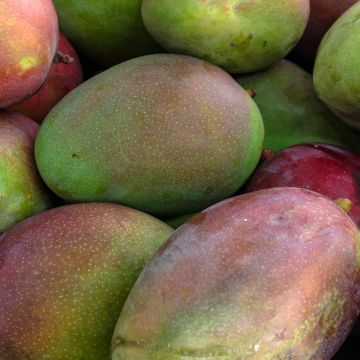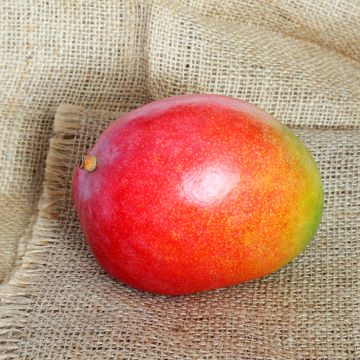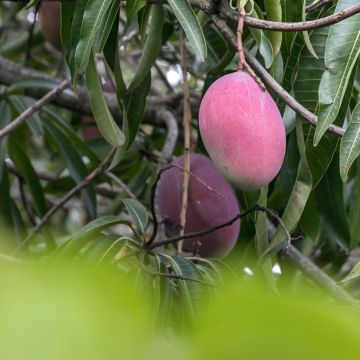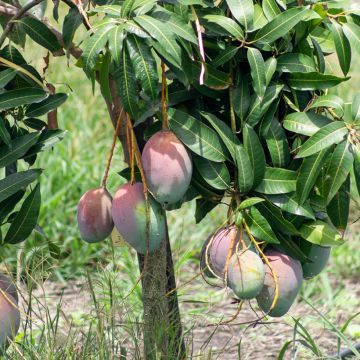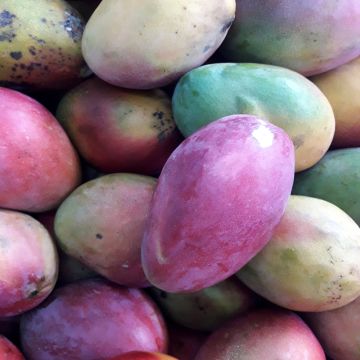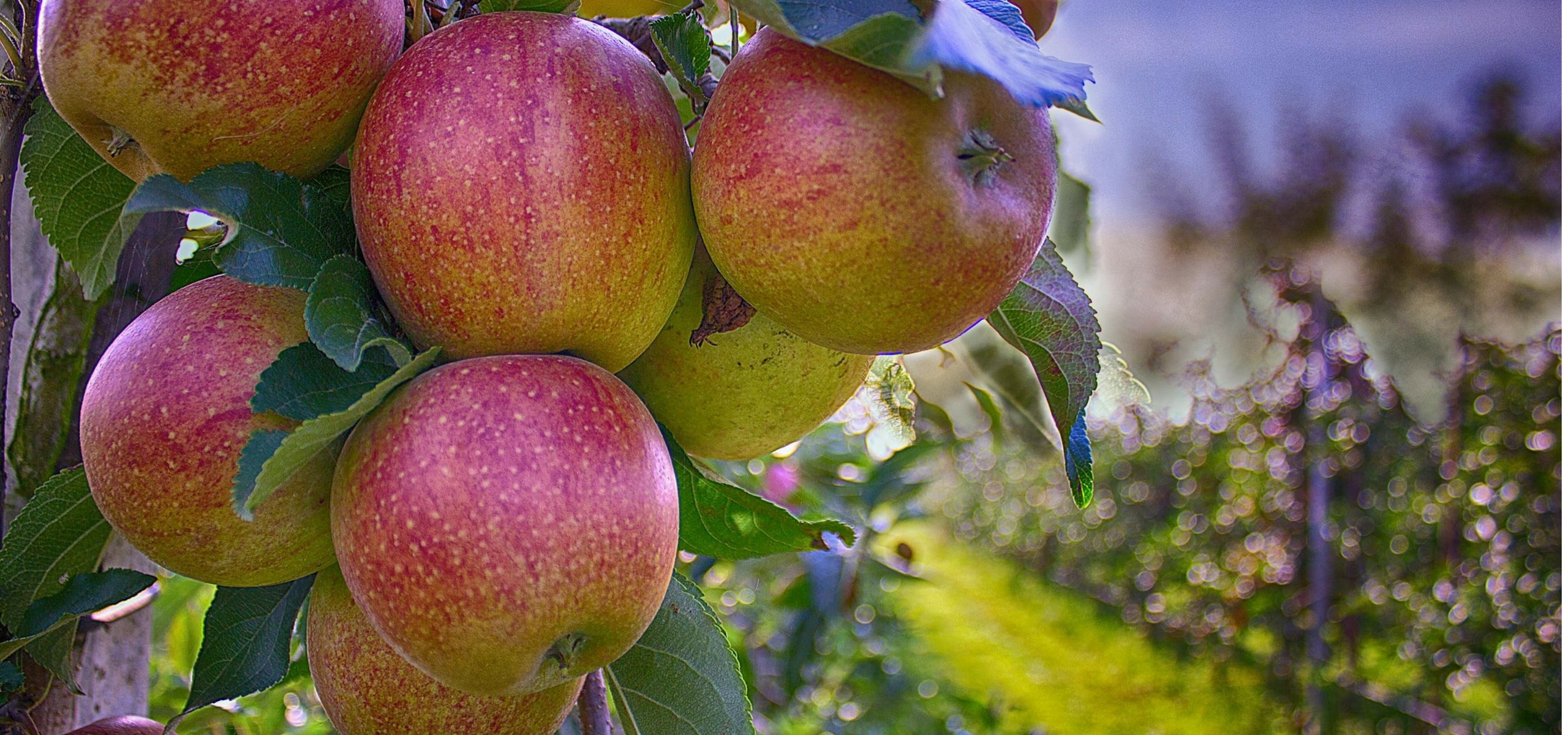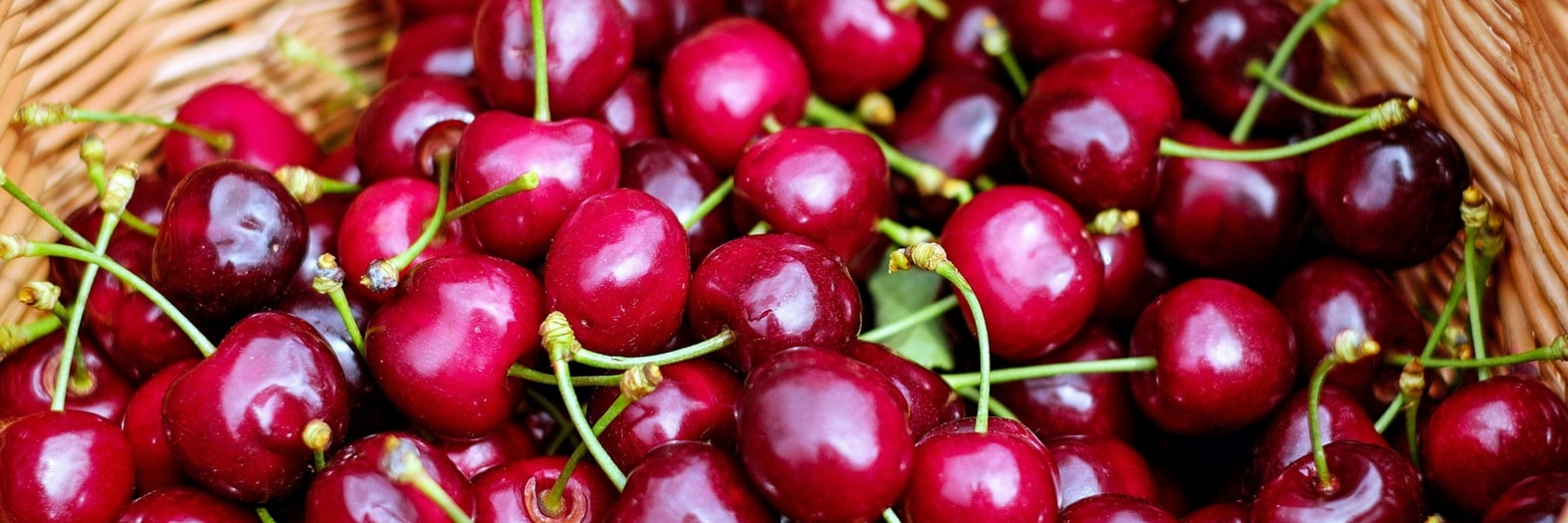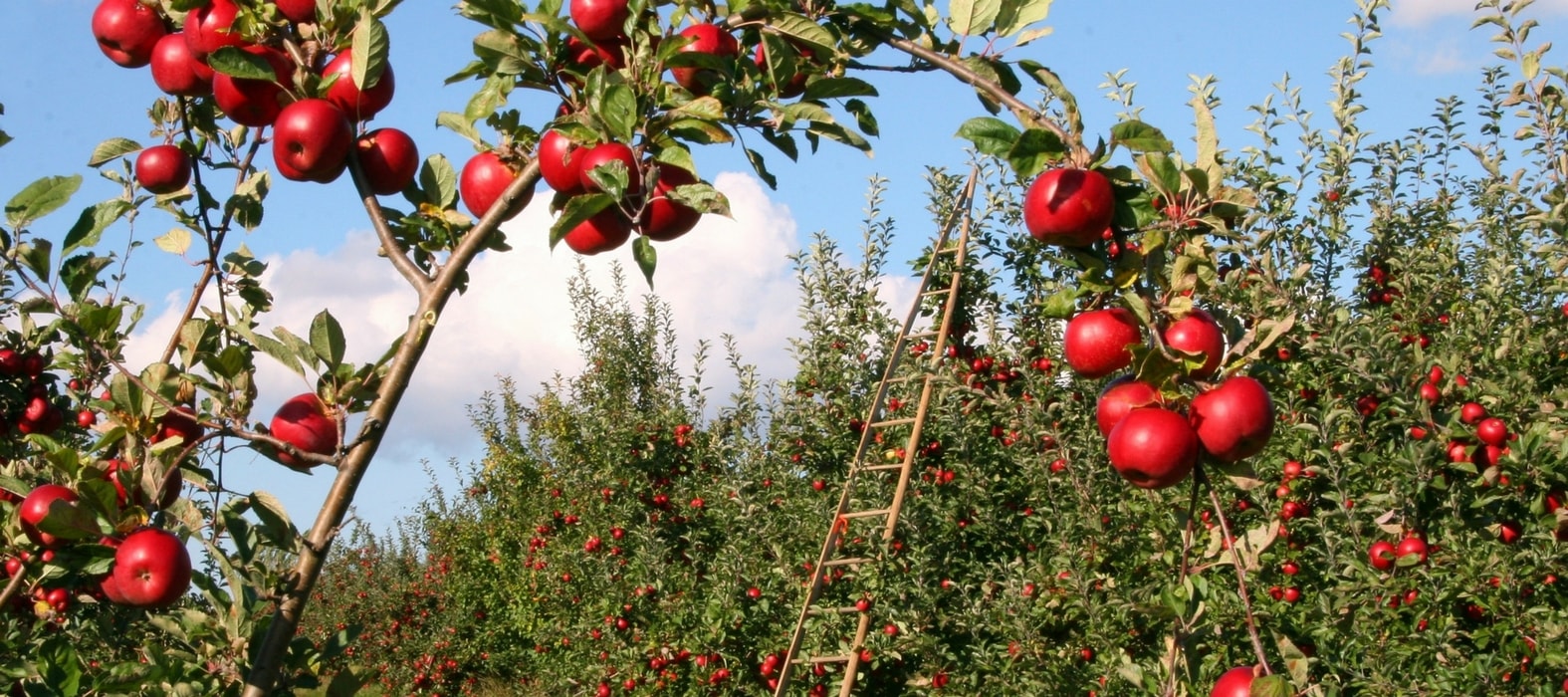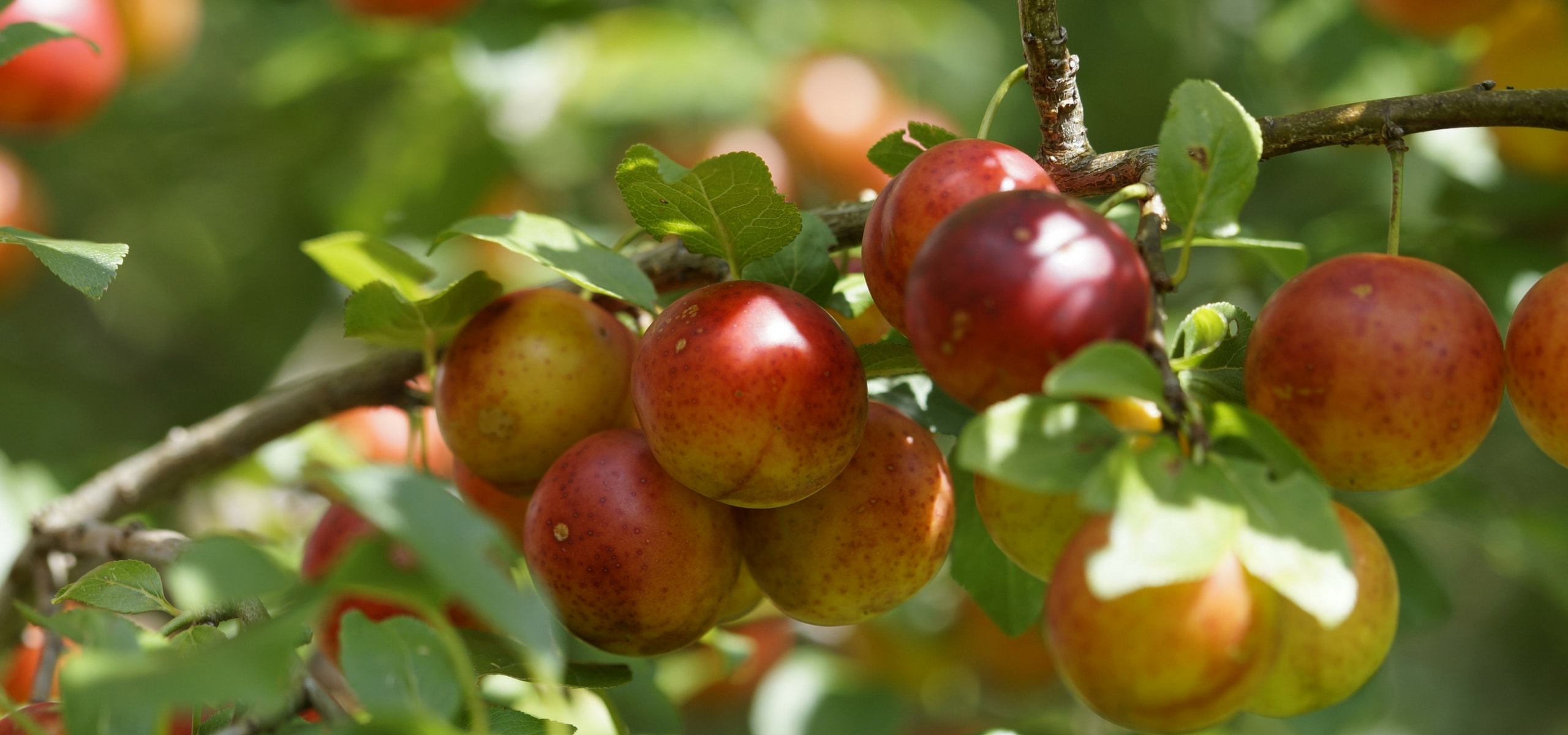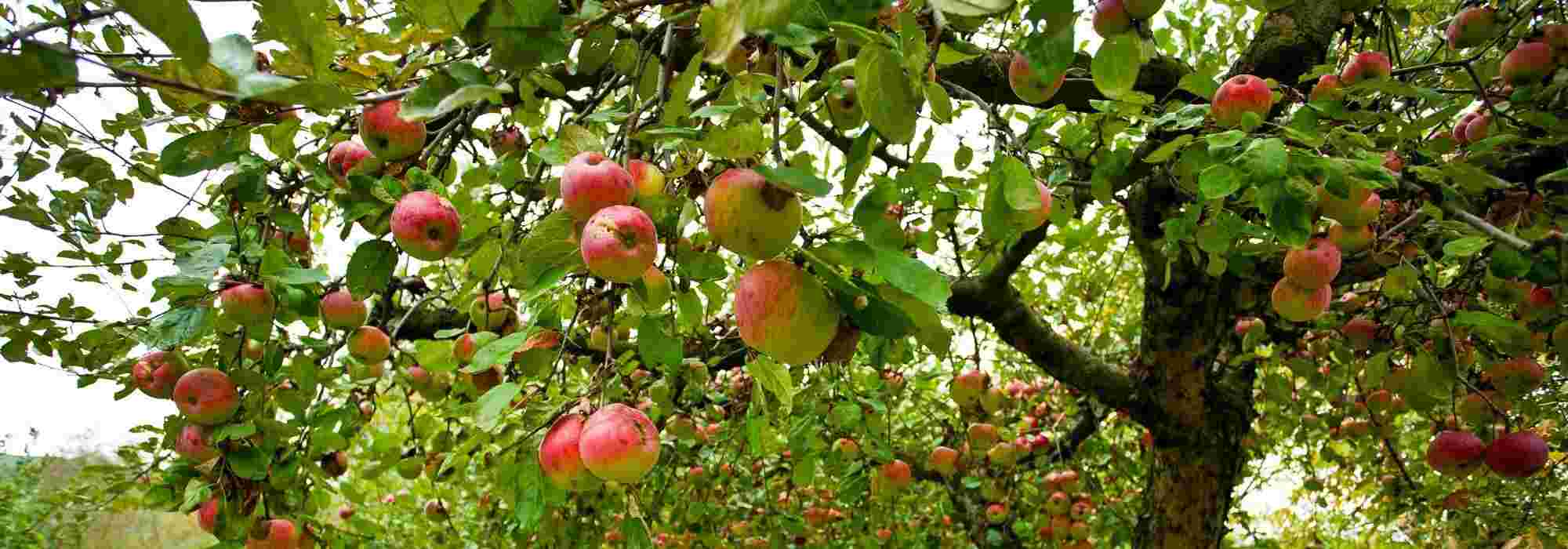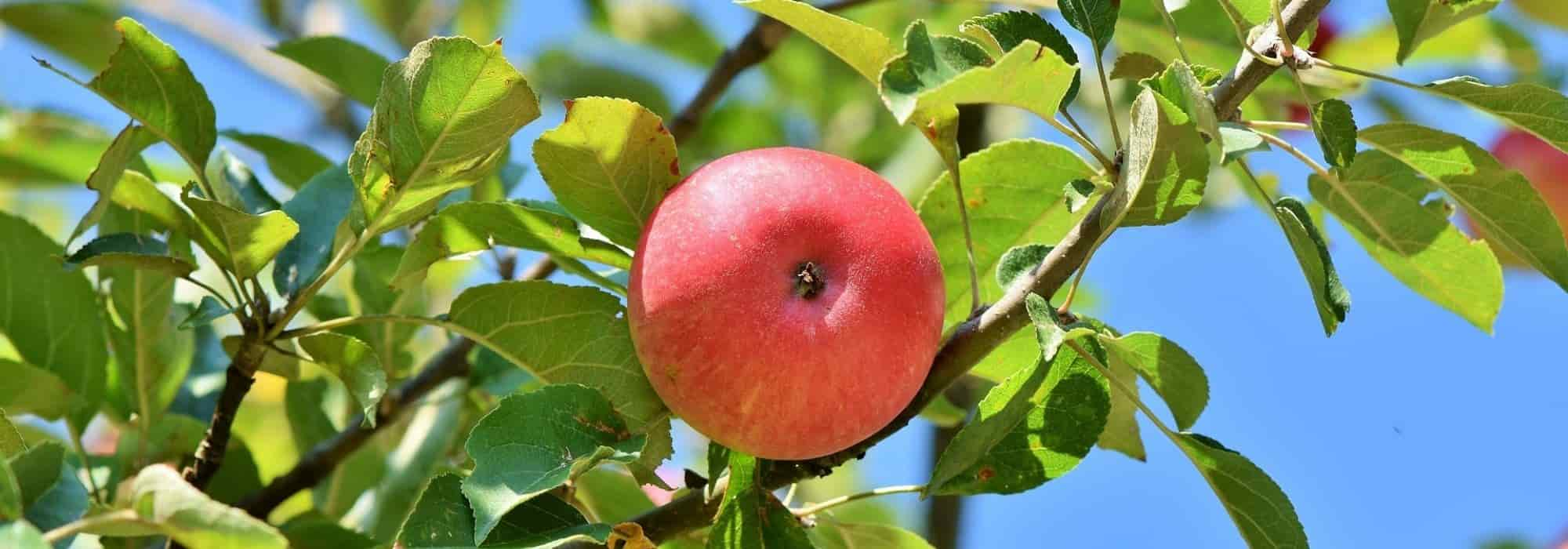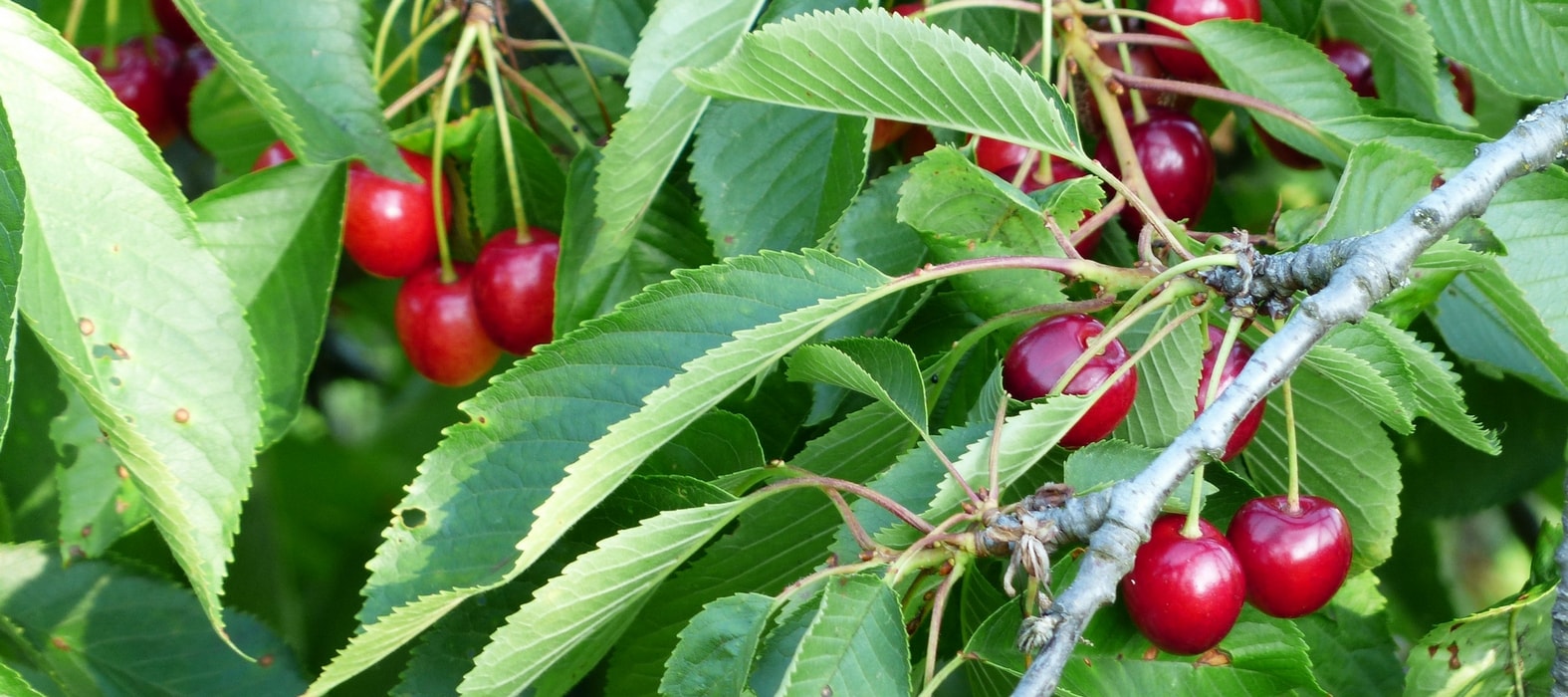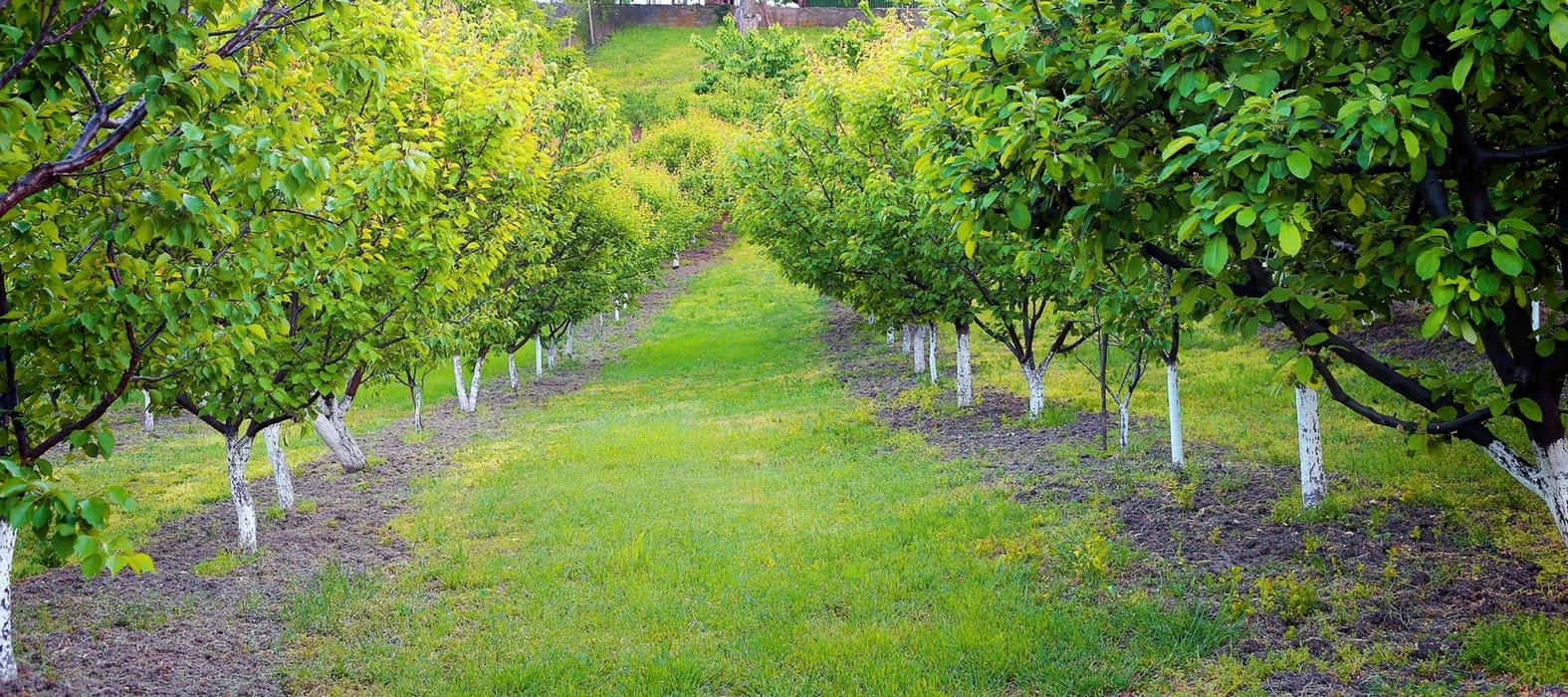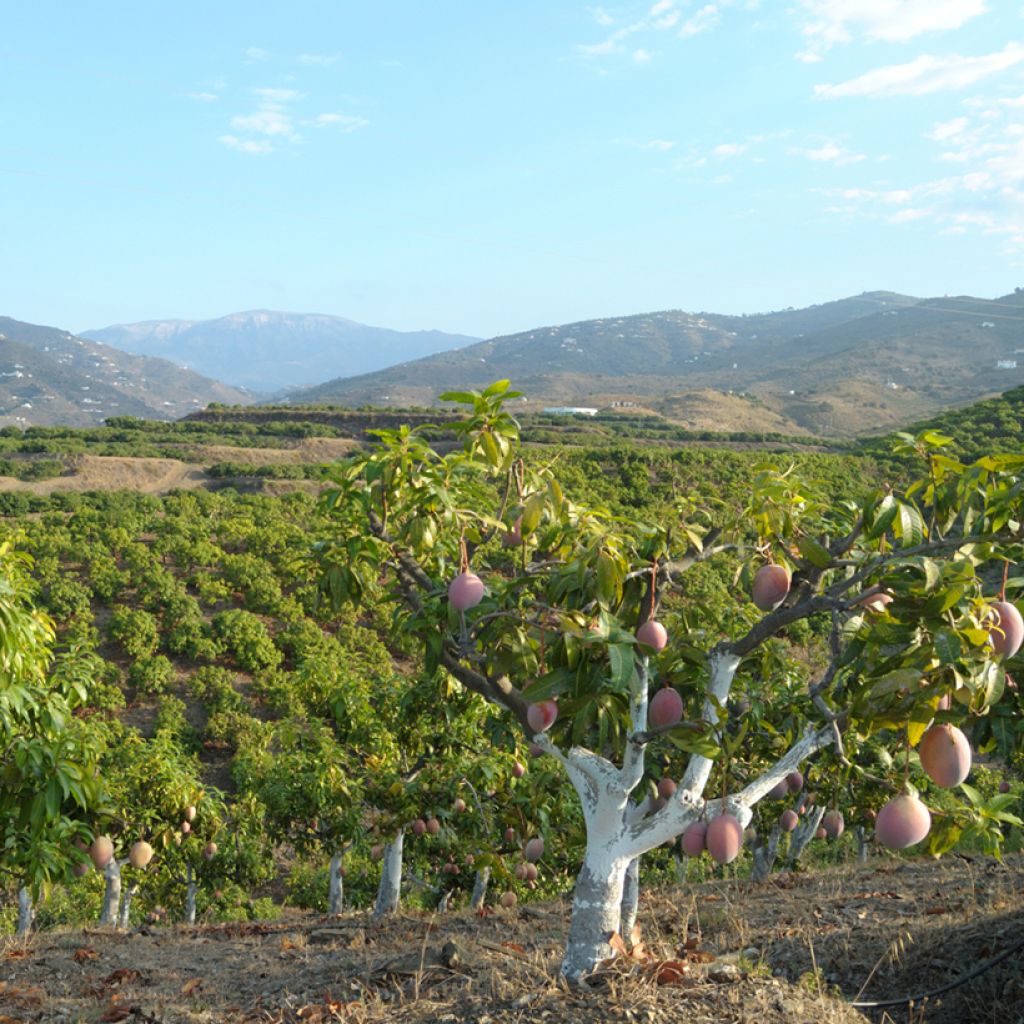

Mango tree Osteen - Mangifera indica
Mango tree Osteen - Mangifera indica
Mangifera indica Osteen
Mango
Special offer!
Receive a €20 voucher for any order over €90 (excluding delivery costs, credit notes, and plastic-free options)!
1- Add your favorite plants to your cart.
2- Once you have reached €90, confirm your order (you can even choose the delivery date!).
3- As soon as your order is shipped, you will receive an email containing your voucher code, valid for 3 months (90 days).
Your voucher is unique and can only be used once, for any order with a minimum value of €20, excluding delivery costs.
Can be combined with other current offers, non-divisible and non-refundable.
This plant carries a 6 months recovery warranty
More information
We guarantee the quality of our plants for a full growing cycle, and will replace at our expense any plant that fails to recover under normal climatic and planting conditions.
Description
Mangifera indica 'Osteen' is a variety of mango tree prized for its large, almost fibreless fruits, with a sweet, tropical flavour. This selection is probably the best suited to warm Mediterranean conditions, which explains its success among Andalusian growers. In most areas, container cultivation will be essential, and this mango tree will be appreciated for its beautiful evergreen foliage.
The Mango Tree is a member of the Anacardiaceae family, along with the Pistachio tree and the Cashew tree, which produces the cashew nut. In our temperate climate gardens, the main representative is the Sumac (or Rhus), with its highly ornamental, deeply divided leaves that turn fiery red in autumn. While there are no fewer than 69 species within the genus Mangifera, only M. indica is intensively cultivated for its fruit. This tree is native to a region stretching from India to Burma, characterised by a monsoon climate. Emblematic of tropical zones, the Mango Tree has been cultivated in India for over 4,000 years and is the second most important fruit tree after the Banana tree. It develops into a medium to large-sized tree, commonly reaching 10 to 25 metres in height, and more rarely, in some aged specimens, 30 to 40 metres. It typically has a rounded habit, almost as wide as it is tall, forming a fairly regular, rounded crown. It is a beautiful tree, easily recognisable from a distance by its silhouette, though it is more commonly found in orchards than in the wild. It forms a relatively short trunk that branches out strongly and widens.
The evergreen foliage has significant ornamental appeal. The alternate leaves are lanceolate, very elongated, up to 30 cm long and only about 6 cm wide. They are very abundant and give the tree a characteristic bushy appearance. Their surface appears varnished, and young leaves are often a coppery red colour. Flowering occurs after the dry season, around February-March, induced by both dry air and a drop in temperatures. The tree then produces large, 20 to 35 cm long panicles of numerous greenish-yellow flowers. This exuberance is necessary, as less than 1/1000 of them will reach the fruit set stage, where the fertilised flower begins to transform into fruit. The fruits are drupes, with a fairly thick epidermis that is initially greenish with reddish patches, then turns orange-red or orange as they mature.
Cultivating the Mango Tree is quite complex, as the plant requires moisture during its growth phase (while being susceptible to certain diseases if annual rainfall exceeds 2000 mm) and a rest period of about three months, with lower temperatures and no rainfall, corresponding to the dry season in the tropics (the equivalent of our winter).
The 'Osteen' mango tree, selected by breeders in Florida, is one of the most adaptable to climates such as that of the Costa Tropical in Spain, at the southernmost tip of Andalusia, where it is the leading cultivated variety. It produces fruits weighing between 300 and 700 g, with a slightly fibrous, orange-yellow flesh, making it very pleasant to eat, especially as the stone is quite small. Its taste is sweet, and the flesh can be easily enjoyed with a spoon.
Except in the rare areas mentioned earlier, its cultivation can only be considered in containers, as the Osteen Mango Tree is almost intolerant of frost. It can therefore spend the summer outdoors once night-time temperatures exceed 5 to 8°C and will need to be brought indoors in autumn to a frost-free greenhouse or conservatory large enough to accommodate it. Even so, its care will be challenging, as the Mango Tree's deep taproot system is probably not compatible with limited depth over the long term... And unless you have a greenhouse to keep it in year-round, you should not expect flowering, let alone fruit. It is therefore for its tropical appearance and beautiful foliage that you may choose to grow it. It will allow you to create an exotic scene alongside a beautiful Banana Tree or a Buddha's Hand (Citrus medica var. sarcodactylis) with its fascinating digitate fruits.
Report an error about the product description
Mango tree Osteen - Mangifera indica in pictures
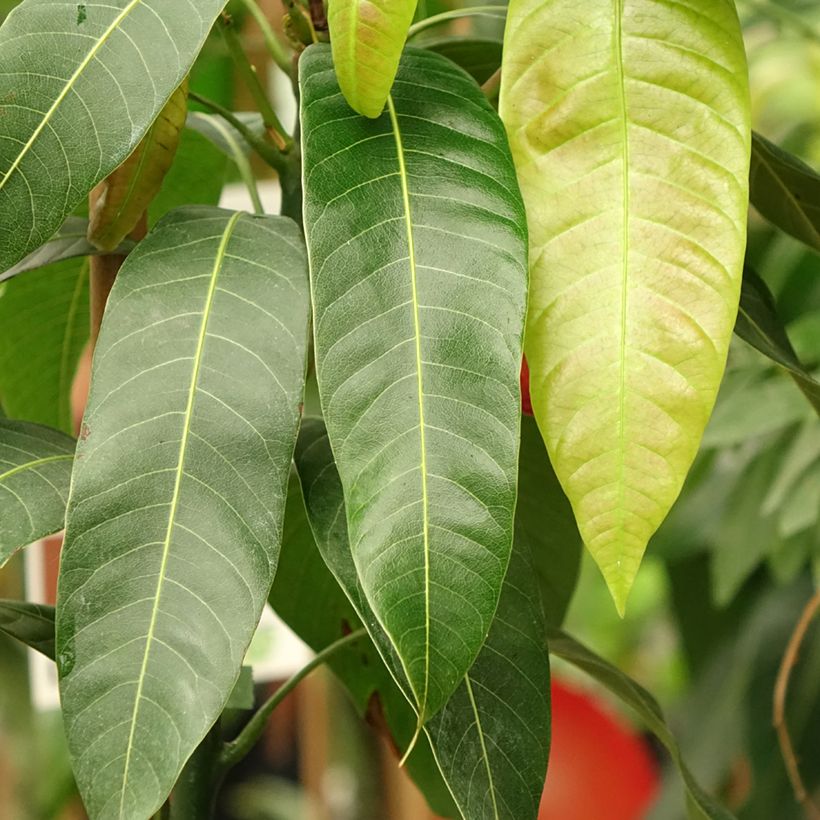

Plant habit
Fruit
Flowering
Foliage
Botanical data
Mangifera
indica
Osteen
Anacardiaceae
Mango
Mangifera mekongensis, Mangifera amba, Mangifera austroyunnanensis, Mangifera siamensis
Cultivar or hybrid
Other Mango Tree - Mangifera indica
View all →Planting and care
Planting: Plant Mangifera indica 'Osteen' in a large pot, ideally in a conservatory or temperate greenhouse, even indoors. The mango tree thrives in full light in a sandy, neutral to slightly acidic substrate, remaining moist while being well-drained. The optimal growing temperature for the mango tree is between 21°C and 26°C. Cold affects it as soon as temperatures drop below 0°C or -1°C. In summer, the temperatures of our interiors suit it perfectly, and in winter, a very bright room at 15°C satisfies it. In summer, you can move it to the garden once night-time temperatures exceed 8°C, under light shade to acclimatise it, in a well-sheltered and warm position. Plan for frequent watering in summer to keep the substrate slightly moist.
Plant it in a mixture of compost and sand. Add compost or well-rotted manure at the time of planting. Apply fertiliser from spring to autumn, every two weeks.
Planting in the ground can be attempted in the mildest areas. This tree prefers slightly acidic soils (pH of 5.5 to 6.5) and sunny, sheltered positions from cold winter winds.
Planting period
Intended location
Care
Planting & care advice
This item has not been reviewed yet - be the first to leave a review about it.
Haven't found what you were looking for?
Hardiness is the lowest winter temperature a plant can endure without suffering serious damage or even dying. However, hardiness is affected by location (a sheltered area, such as a patio), protection (winter cover) and soil type (hardiness is improved by well-drained soil).

Photo Sharing Terms & Conditions
In order to encourage gardeners to interact and share their experiences, Promesse de fleurs offers various media enabling content to be uploaded onto its Site - in particular via the ‘Photo sharing’ module.
The User agrees to refrain from:
- Posting any content that is illegal, prejudicial, insulting, racist, inciteful to hatred, revisionist, contrary to public decency, that infringes on privacy or on the privacy rights of third parties, in particular the publicity rights of persons and goods, intellectual property rights, or the right to privacy.
- Submitting content on behalf of a third party;
- Impersonate the identity of a third party and/or publish any personal information about a third party;
In general, the User undertakes to refrain from any unethical behaviour.
All Content (in particular text, comments, files, images, photos, videos, creative works, etc.), which may be subject to property or intellectual property rights, image or other private rights, shall remain the property of the User, subject to the limited rights granted by the terms of the licence granted by Promesse de fleurs as stated below. Users are at liberty to publish or not to publish such Content on the Site, notably via the ‘Photo Sharing’ facility, and accept that this Content shall be made public and freely accessible, notably on the Internet.
Users further acknowledge, undertake to have ,and guarantee that they hold all necessary rights and permissions to publish such material on the Site, in particular with regard to the legislation in force pertaining to any privacy, property, intellectual property, image, or contractual rights, or rights of any other nature. By publishing such Content on the Site, Users acknowledge accepting full liability as publishers of the Content within the meaning of the law, and grant Promesse de fleurs, free of charge, an inclusive, worldwide licence for the said Content for the entire duration of its publication, including all reproduction, representation, up/downloading, displaying, performing, transmission, and storage rights.
Users also grant permission for their name to be linked to the Content and accept that this link may not always be made available.
By engaging in posting material, Users consent to their Content becoming automatically accessible on the Internet, in particular on other sites and/or blogs and/or web pages of the Promesse de fleurs site, including in particular social pages and the Promesse de fleurs catalogue.
Users may secure the removal of entrusted content free of charge by issuing a simple request via our contact form.
The flowering period indicated on our website applies to countries and regions located in USDA zone 8 (France, the United Kingdom, Ireland, the Netherlands, etc.)
It will vary according to where you live:
- In zones 9 to 10 (Italy, Spain, Greece, etc.), flowering will occur about 2 to 4 weeks earlier.
- In zones 6 to 7 (Germany, Poland, Slovenia, and lower mountainous regions), flowering will be delayed by 2 to 3 weeks.
- In zone 5 (Central Europe, Scandinavia), blooming will be delayed by 3 to 5 weeks.
In temperate climates, pruning of spring-flowering shrubs (forsythia, spireas, etc.) should be done just after flowering.
Pruning of summer-flowering shrubs (Indian Lilac, Perovskia, etc.) can be done in winter or spring.
In cold regions as well as with frost-sensitive plants, avoid pruning too early when severe frosts may still occur.
The planting period indicated on our website applies to countries and regions located in USDA zone 8 (France, United Kingdom, Ireland, Netherlands).
It will vary according to where you live:
- In Mediterranean zones (Marseille, Madrid, Milan, etc.), autumn and winter are the best planting periods.
- In continental zones (Strasbourg, Munich, Vienna, etc.), delay planting by 2 to 3 weeks in spring and bring it forward by 2 to 4 weeks in autumn.
- In mountainous regions (the Alps, Pyrenees, Carpathians, etc.), it is best to plant in late spring (May-June) or late summer (August-September).
The harvesting period indicated on our website applies to countries and regions in USDA zone 8 (France, England, Ireland, the Netherlands).
In colder areas (Scandinavia, Poland, Austria...) fruit and vegetable harvests are likely to be delayed by 3-4 weeks.
In warmer areas (Italy, Spain, Greece, etc.), harvesting will probably take place earlier, depending on weather conditions.
The sowing periods indicated on our website apply to countries and regions within USDA Zone 8 (France, UK, Ireland, Netherlands).
In colder areas (Scandinavia, Poland, Austria...), delay any outdoor sowing by 3-4 weeks, or sow under glass.
In warmer climes (Italy, Spain, Greece, etc.), bring outdoor sowing forward by a few weeks.






























